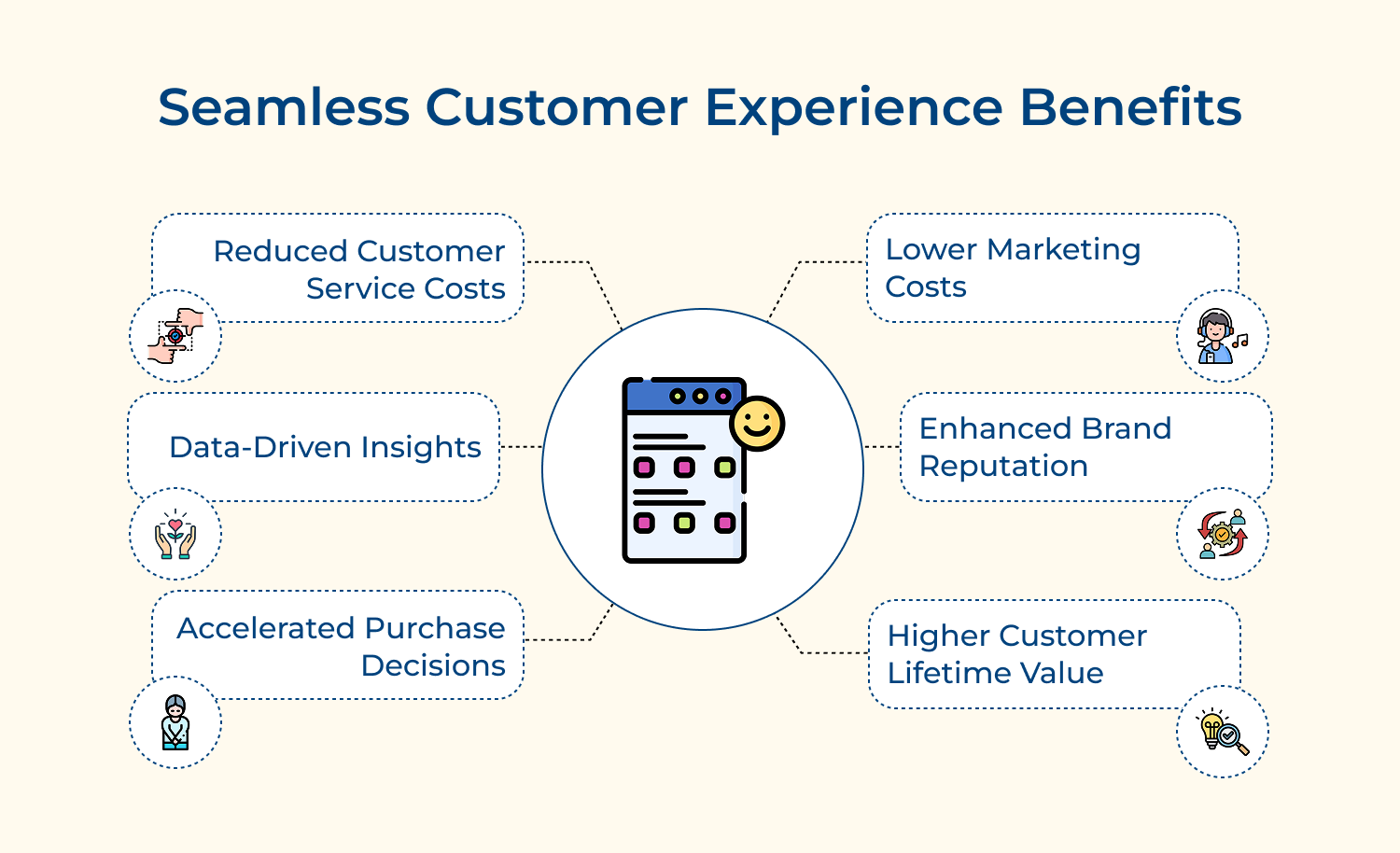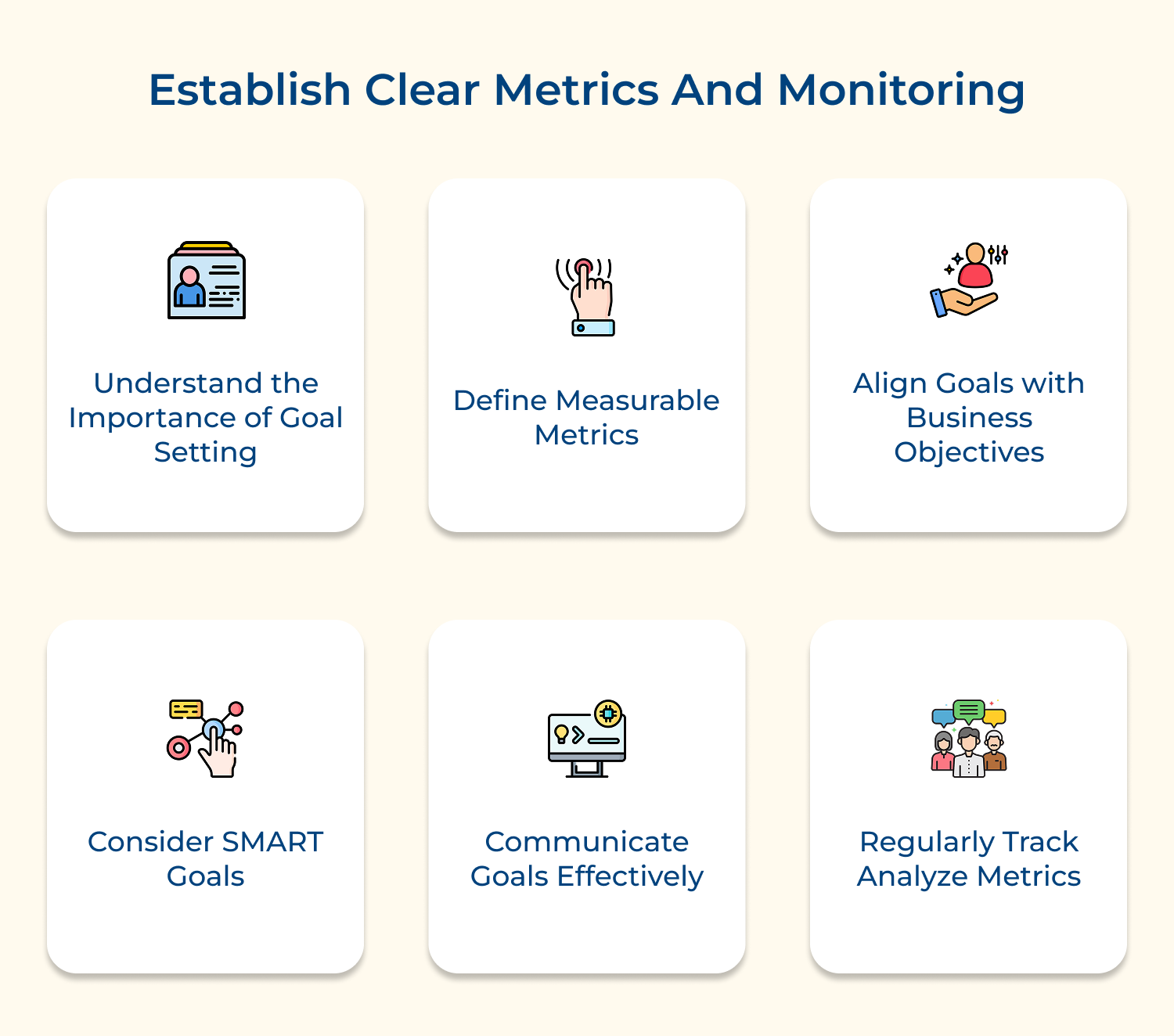1. Legacy System Integration
Outdated systems and technology stacks often don’t communicate effectively with modern solutions, creating data silos as well as fragmented customer experiences.
Implement API-driven middleware solutions to bridge old and new systems. Gradually migrate to modern, scalable platforms while maintaining service continuity. Create a clear technology roadmap that prioritizes critical integration points and customer impact.
2. Data Quality and Consistency
Inconsistent customer data across different touchpoints leads to personalization failures and disjointed experiences.
Establish a unified customer data platform (CDP) with strict data governance policies. Implement real-time data validation and cleaning processes. Create standardized data collection protocols across all channels and train staff on proper data entry procedures.
3. Cross-Channel Coordination
Different departments and channels often operate in isolation, leading to inconsistent messaging as well as service delivery.
Develop an omnichannel strategy with clear communication protocols. Create cross-functional teams responsible for maintaining consistency. Implement centralized content management systems and regular cross-department coordination meetings to align objectives.
4. Employee Training and Adoption
Staff struggle to adapt to new systems and procedures, resulting in poor service delivery along with customer frustration.
Create comprehensive training programs with hands-on practice sessions. Implement a continuous learning approach with regular updates and refresher courses. Assign mentors to support team members and establish clear performance metrics tied to customer experience goals.
5. Resource Constraints
Limited budget and personnel resources make it difficult to implement while maintaining seamless experiences across all touchpoints.
Prioritize improvements based on customer impact and ROI. Start with quick wins that demonstrate value. Leverage automation and self-service options to maximize resource efficiency. Consider strategic partnerships or outsourcing for specialized capabilities.
6. Customer Journey Complexity
Modern customer journeys are increasingly complex with numerous touchpoints and potential failure points.
Map detailed customer journeys to identify pain points and opportunities. Use journey analytics tools to monitor and optimize paths to purchase. Create proactive intervention points to prevent common issues before they impact customers. Regularly gather and incorporate customer feedback to refine journeys.









